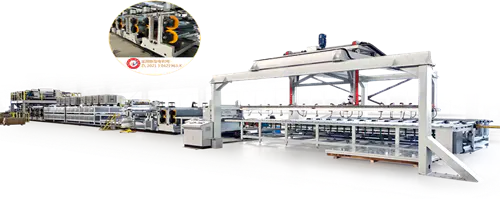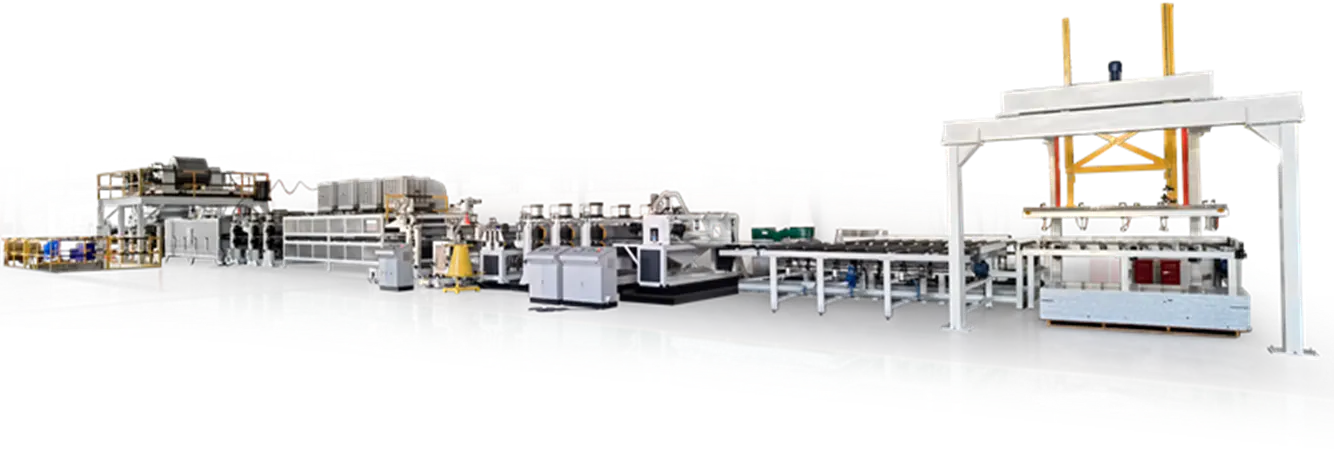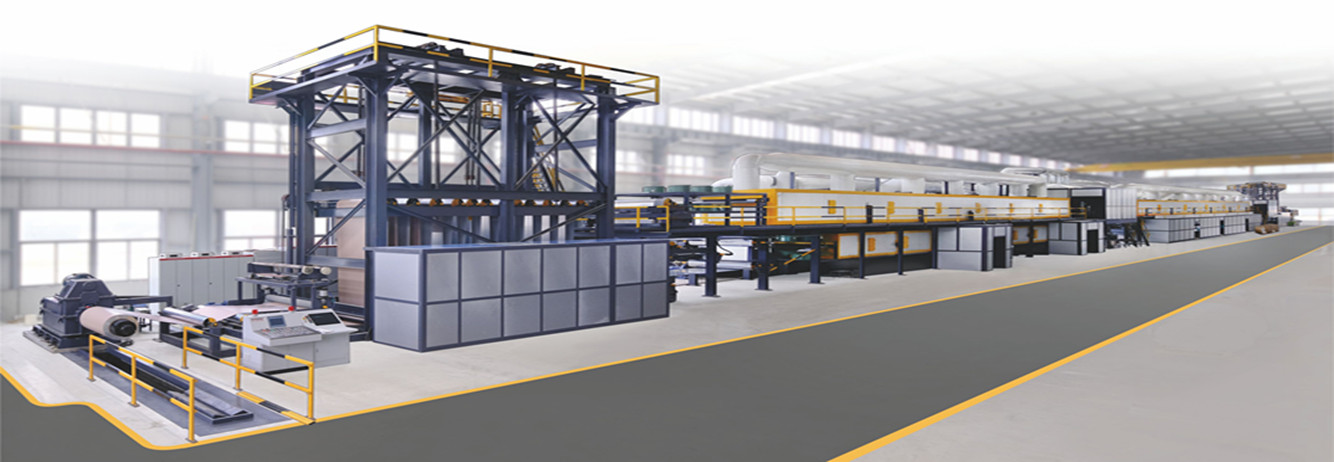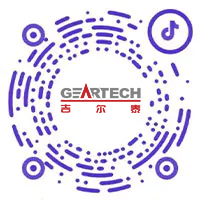As construction materials continue to evolve, Coated Aluminum Coil has become a preferred component for façade systems, roofing, and cladding—especially when processed through an ACP Line. Its light weight, corrosion resistance, and aesthetic flexibility make it suitable for various outdoor applications. However, the true performance of aluminum panels depends greatly on the type of surface coating applied. Selecting the proper coating ensures not only visual consistency but also long-term resistance against harsh weather, UV radiation, and environmental pollutants. Understanding coating characteristics helps users make practical decisions for different project conditions.
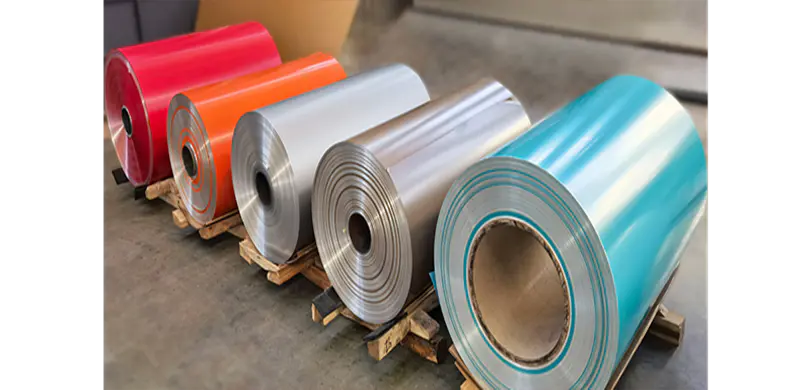
Key Role of Coating in Outdoor Performance
When exposed to outdoor environments, aluminum surfaces face multiple challenges including sunlight, temperature fluctuation, and moisture. Coating acts as a protective layer that isolates the metal from external corrosion sources while preserving its color and finish. Beyond aesthetics, coating directly affects service life, maintenance frequency, and material stability.
For projects using ACP Lines, coatings must also withstand the heat and pressure of lamination. During production, the coated aluminum coil is bonded to a polymer core, forming a composite panel.Therefore, identifying coating systems that match both environmental conditions and manufacturing parameters is essential to achieving dependable outdoor performance.
Common Coating Systems and Their Characteristics
Outdoor aluminum panels typically use two main coating types—polyester (PE) and polyvinylidene fluoride (PVDF). Each has specific benefits that suit different application scenarios.
Polyester Coating (PE) is commonly used for medium-exposure environments. It provides decent color retention and smooth gloss, making it suitable for interior or sheltered exterior areas such as canopies and decorative façades. PE coatings are cost-effective and offer a wide color range, though they may show signs of fading or chalking under prolonged UV exposure.
PVDF Coating, composed of fluorocarbon resin, offers weathering resistance and UV stability. It maintains color accuracy and gloss even in harsh climates such as coastal regions or high-temperature zones. PVDF coatings can last for years with minimal degradation, which makes them a strong choice for exterior walls, high-rise façades, and industrial applications.
For specific projects, hybrid coatings—combining polyester and PVDF layers—are also used to balance cost efficiency with durability. When selecting a system, it is important to evaluate coating thickness, curing conditions, and surface finish requirements based on the intended installation site.
Factors to Consider When Selecting Coatings
Choosing the right coating involves more than simply comparing chemical compositions. Environmental exposure, geographical location, and design intent all play crucial roles.
Regions with high humidity or salt-laden air require coatings with enhanced corrosion protection. PVDF coatings, for example, offer barrier properties against salt spray and acid rain. In contrast, inland or shaded areas with less UV exposure can perform adequately with polyester-based coatings.
The orientation and slope of the installed panels also affect coating wear. Horizontal surfaces tend to accumulate dust and moisture, accelerating degradation. Therefore, coatings with better self-cleaning or hydrophobic properties can reduce maintenance needs.
Project design and color choice matter as well. Darker colors absorb more heat, which can increase surface temperature and stress the coating. In such cases, a thicker or more reflective coating layer can mitigate expansion and prevent cracking. Understanding these interactions helps engineers and builders select coatings that match both performance and visual goals.
Surface Preparation and Application on ACP Lines
During the ACP Line process, the aluminum coil undergoes degreasing, chemical cleaning, and conversion treatment before coating. These steps remove contaminants and ensure strong adhesion between the metal surface and the coating layer.
Automated coating systems on ACP Lines control paint thickness, drying temperature, and line speed with precision. After coating, the aluminum coil passes through a curing oven, where the paint film hardens to its final form. Consistent curing is vital to achieving the designed chemical resistance and flexibility.
By combining correct pretreatment with appropriate coating selection, manufacturers ensure that the finished aluminum panels maintain both their functional and visual qualities under outdoor conditions.
Maintenance and Longevity in Outdoor Applications
Even with the right coating, environmental exposure gradually impacts material surfaces. Regular cleaning helps extend coating life and preserve appearance. Gentle washing with mild detergents removes dirt, pollutants, and organic residues that can chemically attack the coating film. Abrasive tools or acidic cleaners should be avoided to prevent scratching or dulling the finish.
Re-coating or surface touch-ups can restore protection when signs of wear appear. However, proper initial coating selection reduces the frequency of such maintenance, saving both time and cost over the panel’s lifetime. In large-scale architectural projects, consistent coating performance also ensures uniformity across structures that experience varying sunlight and rainfall patterns.

 中文简体
中文简体 English
English Português
Português русский
русский Español
Español عربى
عربى




